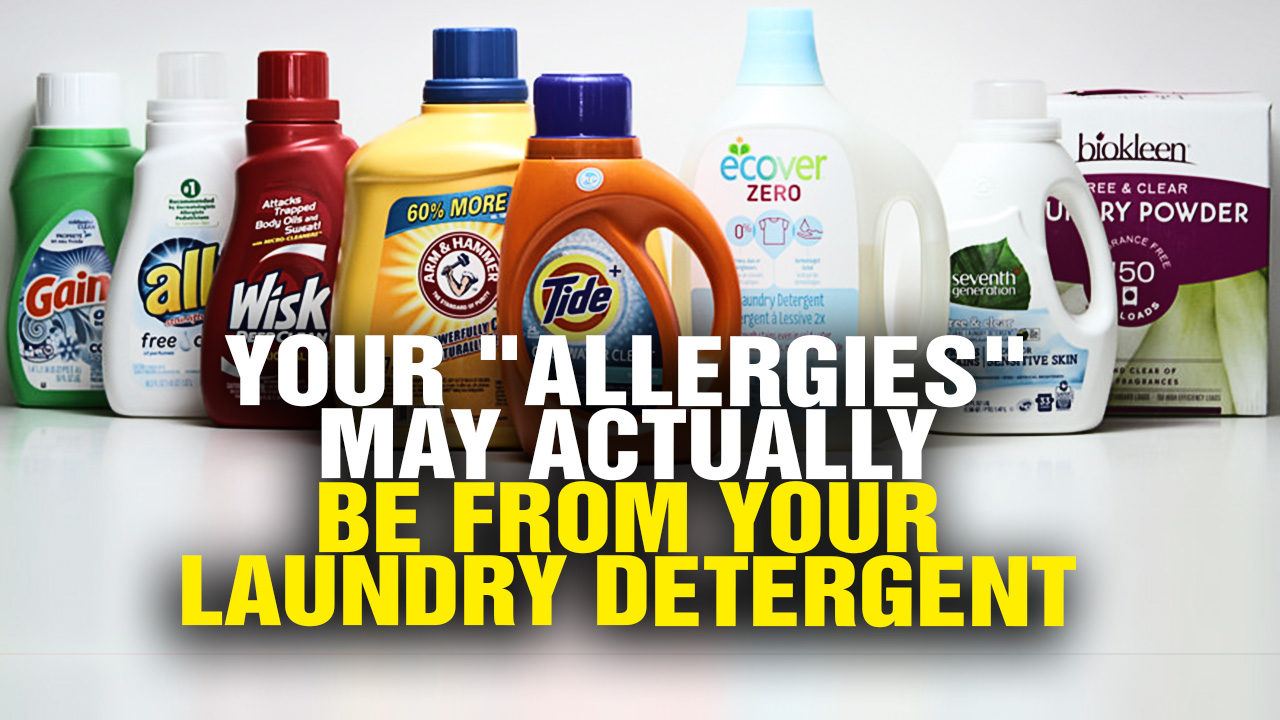Triacetin — toxicity, side effects, diseases and environmental impacts
11/14/2017 / By Michelle Simmons

Triacetin is the triacetate ester of glycerol. It is a naturally occurring oil that can be found in cod-liver oil, butter, and other fats. It is a clear, combustible, and oily liquid that has a bitter taste and a fatty smell. It is slightly soluble in water, but soluble in alcohol and ether. It is used as a food additive for the solvency of flavorings. Moreover, it is used in the production of perfume as well as personal care products. In addition, the chemical is used as an antifungal agent in medications used externally for the fungal infections of the skin. It is also used as a plasticizer that is applied to cigarette filter. Furthermore, triacetin is used as a gelatenizing agent in explosives.
Triacetin is synonymous to 1,2,3-Propanetriyl triacetate; Enzactin; Fungacetin; Glycerin triacetate; Triacetylglycerol; Glycerol triacetate; Glyceryl triacetate; Glyped; Kesscoflex TRA; Triacetine; Vanay; Glycerol triacetate tributyrin; Triacetyl glycerine; and Propane-1,2,3-triyl triacetate. It has an E number of E1518 and has the molecular formula of C9H14O6.
List of known side effects
Triacetin has a few known side effects. One of these is that it can cause mild skin irritation, and eye irritation. It can also cause somnolence, spastic paralysis, and convulsions based on animal experiments.
Body systems affected by triacetin
Exposure to triacetin can affect the integumentary system, particularly the skin, as it may cause allergic skin reaction or skin irritation.
Items that can contain triacetin
According to an entry by FoodChemAdditives.com, triacetin is widely used as an emulsier and flavor enhancer in beverages. Triacetin can also be found in pharmaceutical products, particularly in capsule shells. The chemical can also be present in personal care products, such as make up products and nail polish. Moreover, it can be found in cigarette filters as it is used as a binder. Other products that uses triacetin include adhesives and sealants, perfumes and fragrances, air care products, polishes and waxes, washing and cleaning products, disinfectants, pest control products, coating products, inks and toners, and polymers.
How to avoid triacetin
The ScienceLab.com recommends ways on how to avoid getting exposed to the chemical and protecting yourself from it. One of these is to provide an exhaust ventilation to keep the airborne concentrations of vapors below the threshold limit value. For skin, hand or overall body protection, it is important to wear a lab coat or full suit, boots, and gloves.
Where to learn more
- Phthalate warning: Medications contain chemicals that “feminize” unborn baby boys
- Poison.news
- Chemicals.news
- Toxins.news
- DangerousMedicine.com
Summary
Triacetin is a clear, combustible, and oily liquid that has a bitter taste and a fatty smell.
It is used as humectant, emulsifier, binder in food production, as an antifungal agent and plasticizer in pharmaceutical, as humectant and plasticizer in cosmetics, and as a binder in cigarette filters.
Triacetin can cause skin and eye irritations.
Triacetin can also cause somnolence, spastic paralysis, and convulsions based on animal experiments.
Sources include:
Tagged Under: Triacetin





















